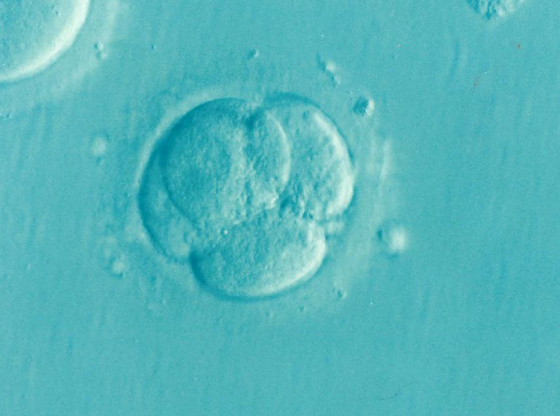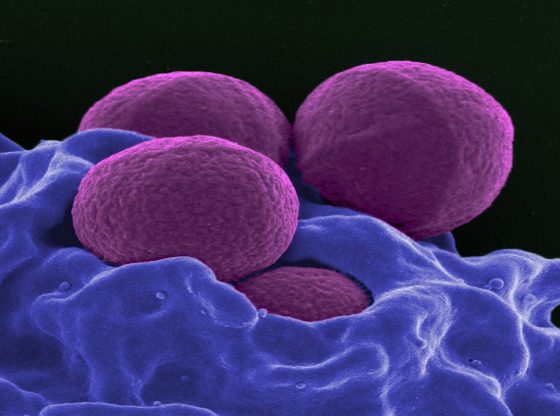Researchers in the US have succeeded in creating pig embryos with living human cells transplanted a pancreas from a rat to a mouse. Ultimately, it may lead to human organ donation from pigs.

The ability to grow and organs of one species within an organism of a different species offers opportunities to tackle long-standing scientific mysteries and also address human health problems.
But to enable human cells to successfully grow in animals have been attempted with little success. It’s been proven very difficult to have these cells proliferate and grow.
The concept is called ‘genetic chimerism’ and is a single organism composed of cells from different zygotes. Several studies have been done on mice and rats, mice and pigs, and now also with cells from humans in pigs.
In the new study, human stem cells were integrated into the early-stage development of pigs, the researchers reverse engineered skin cells via a process called cell differentiation, turning a differentiated cell back into a stem cell.
The research team then inserted these human cells into pig embryos in its first stage of development. The embryo was then transferred into a sow, in which they grew for 3 to 4 weeks.
The study result shows that the human cells had difficulties competing with pig cells and that they primarily developed into human muscles. Even if the result was somewhat inefficient, the study is a proof-of-concept and marks the first step of growing human organs in pigs.It will, however, take some time before researchers can grow human organs in pigs.
Our findings may offer hope for advancing science and medicine by providing an unprecedented ability to study early embryo development and organ formation, as well as a potential new avenue for medical therapies,” said Salk Professor Juan Carlos Izpisua Belmonte, a senior author of the paper and a leading expert in this field.
“We have shown that a precisely targeted technology can allow an organism from one species to produce a specific organ composed of cells from another species. This provides us with an important tool for studying species evolution, biology and disease, and may lead ultimately to the ability to grow human organs for transplant.”
There are rapid advances in the ability to grow cells, tissues and organs of one species within an organism of a different species. The fact that it is an accelerating field of research, is shown by another study that was published this week in Nature. In this study, researchers in the United States, Japan, and Britain transplanted a pancreas from a rat to a mouse.
This pancreas was grown inside a rat using stem cells from the mouse. The researchers injected stem cells from a mouse in the early embryonic state of a rat. The embryo developed into a rat with a pancreas that, in reality, belonged to a mouse.
They monitored the mouse after the transplantation for a year during which the mice’s insulin production was normal. Since the pancreas was grown using the mouse own cells and genetic makeup it fully matched the mouse tissue and fully adapted into its new body.
In principle, the method could be used to produce human organs in pigs, sheep, and monkeys, the researchers write. But before this can become a reality their remains several technical issues that needs to be solved – as well as sorting out the ethical dilemmas that apply to creating creatures from humans and other animals.
References:
June Wu et al “Interspecies Chimerism with Mammalian Pluripotent Stem Cells” January 27, 2017, Cell, DOI: ttp: //dx.doi.org/10.1016/j.cell.2016.12.036
Tomoyuki Yamaguchi, Hideyuki Sato, Megumi Kato-Itoh et al Interspecies organogenesis generates autologous functional islets doi:10.1038/nature21070











![OpenAI. (2025). ChatGPT [Large language model]. https://chatgpt.com](https://www.illustratedcuriosity.com/files/media/55136/b1b0b614-5b72-486c-901d-ff244549d67a-350x260.webp)
![OpenAI. (2025). ChatGPT [Large language model]. https://chatgpt.com](https://www.illustratedcuriosity.com/files/media/55124/79bc18fa-f616-4951-856f-cc724ad5d497-350x260.webp)
![OpenAI. (2025). ChatGPT [Large language model]. https://chatgpt.com](https://www.illustratedcuriosity.com/files/media/55099/2638a982-b4de-4913-8a1c-1479df352bf3-350x260.webp)








